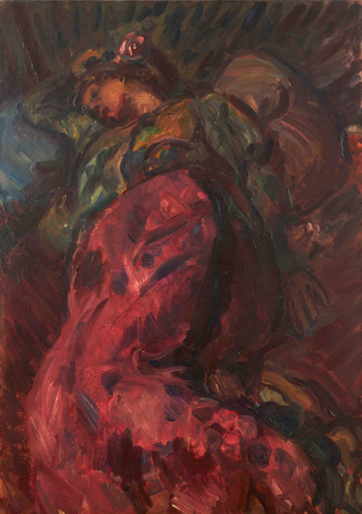Andrew Graham-Dixon assesses Matthew Smith's reputation, revived at the Crane Kalman Gallery
You can't fault his references. In 1926, his exhibition at the Mayor Gallery made Roger Fry ''bold and optimistic enough to believe in the future of an English school of painting''. Three years later P G Konody described him, unequivocally, as ''the outstanding personality in British art''. The testimonials have continued to flood in, albeit with less frequency. In 1987, when the Royal Academy staged ''British Art in the Twentieth Century'', he was deemed sufficiently important for eight of his works (fewer only than Henry Moore) to be included. Despite all that his place in the history of British art in this century is, still, only partially established.
Matthew Smith (1879-1959) has become an artist whose work is known and admired, above all, by other artists. His reputation within the relatively small circle of his supporters lies in stark contrast to the ignorance of his art that prevails among the general public, to whom Smith remains for the most part as anonymous as his surname. His uncertain status is reflected in the prices which the Crane Kalman Gallery is asking for the works in its current Smith exhibition, which range from pounds 30,000 to pounds 80,000 - hardly cheap, but since this is no more than is being asked elsewhere for distinctly mediocre Edwardian paintings, it suggests that the market is still a long way from concurring with Roger Fry's estimate of Smith.
Smith studied at the Slade School of Art, where his tutor Henry Tonks's first judgement of him was a terse ''No sense of drawing, no ability to paint''. He was evidently not a man to be swayed from what he perceived to be his vocation. Smith's father, a Halifax wire manufacturer, had done his level...


